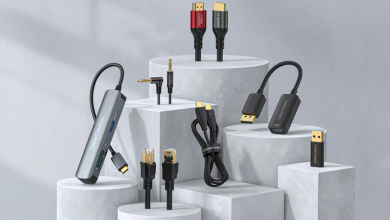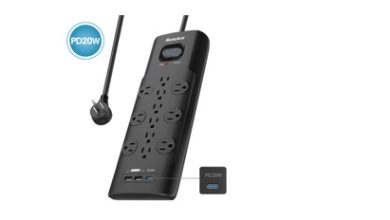Can stepper motors run continuously?

Stepper motors are electric motors which move in discrete steps or in rotations. These motors are used for precise positioning, such as in 3D printers, CNC machines and microscopes. There are many sizes and torque ratings available for stepper motors. They can power applications that require low- to medium torque. Stepper motors can run continuously but overheating can occur if they are not properly cooled. It is therefore important to choose a stepper motor that has a high duty cycle rating. A driver that supports micro-stepping is a great way to reduce vibrations and increase motor performance. Stepper motors are reliable and can be used for many applications if they are properly configured.
1. What is a stepper motor and how does it work?
Stepper motors convert electrical pulses into discrete, mechanical movements. A stepper motor has a greater positioning accuracy than a servomotor, which makes it ideal for applications that require precise movement. A stepper motor could be used in a computer controlled machine tool, such as a milling machine or lathe. Stepper motors use electromagnetic coils to generate magnetic field, which interacts with permanent magnets on a rotor to create torque. The timing and frequency of the pulses to the coils can be controlled so that the rotor’s position is precisely controlled. Stepper motors are used often in applications that require precise positioning, such as robotics and 3D printing.
2. How do you know if a stepper is intended for continuous operation?
Stepper motors can be used for continuous or intermittent operation. There are several ways to determine if a stepper is intended for continuous operation. The rotor is one way to tell. The rotor is intended for non-continuous operation if it has smooth, rounded edges. The rotor is intended for continuous operation if it has sharp edges. The stator is another way to determine. A stator for a steppermotor for continuous operation will have six poles while a stator for a steppermotor for non-continuous operations will have four poles. You can also see the winding. A stepper motor that is designed for continuous operation will wind much more densely than one that is intended for non-continuous operation.
3. Why is it so important to choose the right stepper motor for your application
It is important to understand the differences between different types of stepper motors when choosing one for an application. The permanent magnet stepper is the most popular type of stepper motor. It features low vibration and high torque. These motors are not suitable for high-speed applications. A hybrid stepper motor is better for applications that require high speeds. Hybrid motors are ideal for many applications because they offer both high torque and speed. The size of the stepper motor is another important consideration. There are many sizes of stepper motors available, so make sure you choose one that fits in your space. We can help you buy a stepper motor! Although larger motors are generally more powerful than smaller ones, they require more space and can be more costly. The specific application will determine the type of stepper motor that is best suited for your needs. It is possible to maximize performance and maintain smooth operation by taking the time to choose the right motor.
4. What are the advantages of using a stepper for continuous operation?
A stepper motor’s main benefit is its ability to provide continuous operation. This is particularly useful for applications that require constant speed, such as conveyor belt systems. These motors can also be very precise which makes them great for applications that require exact positioning. Stepper motors are quiet and last a long time. They are used in many applications, including office equipment and medical devices.
5. How can you make sure your stepper motor is running smoothly?
You can take a few steps to ensure your stepper motor is running smoothly. You must ensure that your power supply is stable, and that the voltage is within the motor’s operating range. A high-quality motor driver can give smooth, precise control of the motor. Avoid sudden changes in direction and load as these can cause motor to stall. Keep an eye on the motor’s temperature and ensure it is not exceeding its maximum operating temperature. These simple tips will ensure your stepper motor runs smoothly for many years.
6. Is there any downside to using a stepper for continuous operation?
Stepper motors can be used continuously and are reliable in general. There are some potential drawbacks that you should be aware of. Stepper motors can generate heat which can cause premature wear. The vibrations generated by stepper motors can damage sensitive equipment nearby. Stepper motors might not achieve the same speed and torque as other motors. Stepper motors can be a great choice for many applications. However, it is important that you consider the potential disadvantages of stepper motors before you make a decision.
Conclusion paragraph: Stepper Motors can be used for continuous rotation and are available in many sizes and power levels. It is important to take into account the voltage, current, torque, and speed requirements when choosing a stepper driver. This article will help you to understand stepper motors and how they work. We are available to help you find the best stepper motor for your project or provide information about an esp32 camera module.
Starmusiq is a popular website where users can download Tamil film music for free. It offers a wide range of songs from the latest releases to classic hits.





